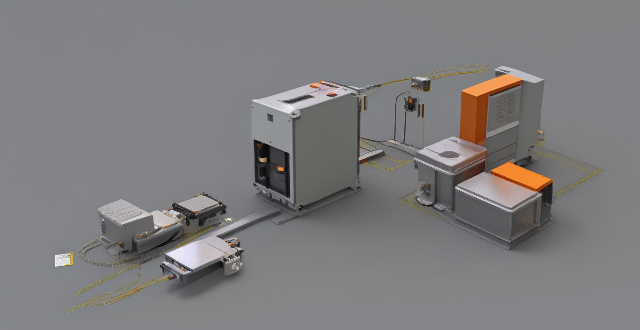Lithium-ion power batteries work through the movement of lithium ions between the anode and cathode during charging and discharging, generating an electrical current to power devices. The process involves intercalation and deintercalation of ions in the electrodes, facilitated by an electrolyte and separator. Safety mechanisms and lifespan are key considerations for these widely used batteries.

How Does a Lithium-ion Power Battery Work?
Introduction
Lithium-ion power batteries are rechargeable batteries that have become ubiquitous in modern electronic devices, from smartphones and laptops to electric vehicles. They are preferred for their high energy density, long lifespan, and relatively low self-discharge rate. But how exactly do these batteries work? Let's delve into the science behind lithium-ion power batteries.
Basic Components
Before understanding the working mechanism, it's essential to know the basic components of a lithium-ion battery:
1. Anode: Typically made of graphite, which can intercalate lithium ions.
2. Cathode: Made of a lithium compound, such as lithium cobalt oxide, which can also store lithium ions.
3. Electrolyte: A chemical substance that allows ions to move between the anode and cathode but prevents electrons from doing so, usually a lithium salt dissolved in an organic solvent.
4. Separator: A physical barrier that prevents the anode and cathode from touching while allowing ions to pass through.
Charging Process
During charging, an external power source forces electrons to move from the cathode to the anode through an external circuit, while lithium ions move internally from the cathode to the anode through the electrolyte. Here's what happens step by step:
1. External Circuit: Electrons are pushed towards the anode, causing it to gain excess electrons and become negatively charged.
2. Internal Ionic Movement: Lithium ions are drawn out of the cathode material and move through the electrolyte toward the anode.
3. Intercalation: At the anode, the lithium ions get stored between the layers of graphite atoms, a process known as intercalation.
Discharging Process
When the device is in use and needs power, the battery discharges. The process is essentially the reverse of charging:
1. External Circuit: Electrons flow from the anode to the cathode, providing current to the device.
2. Internal Ionic Movement: Lithium ions move from the anode back to the cathode through the electrolyte.
3. Deintercalation: At the cathode, the lithium ions re-enter the cathode material, releasing energy in the form of electricity to power the device.
Energy Release and Capacity
The energy released during discharging comes from the chemical potential difference between lithium in the anode and cathode materials. This energy is converted into electrical energy as electrons flow through the external circuit.
The capacity of a lithium-ion battery, measured in milliampere-hours (mAh) or watt-hours (Wh), depends on:
- The amount of lithium ions that can be stored in the anode and cathode materials.
- The efficiency of the electrolyte in transporting ions.
- The internal resistance of the battery, which affects heat loss.
Safety and Lifespan
Lithium-ion batteries come with safety mechanisms like pressure valves and current interrupt devices to prevent overheating and explosion. Their lifespan is generally measured in charge cycles, often ranging from several hundred to thousands of cycles depending on usage patterns and quality of manufacture.
Conclusion
In summary, lithium-ion power batteries work by shuttling lithium ions between two electrodes—an anode and a cathode—through an electrolyte during charging and discharging. The movement of ions and electrons generates an electrical current that powers our devices. The efficiency and longevity of these batteries make them a critical component in modern technology and sustainable transportation solutions.